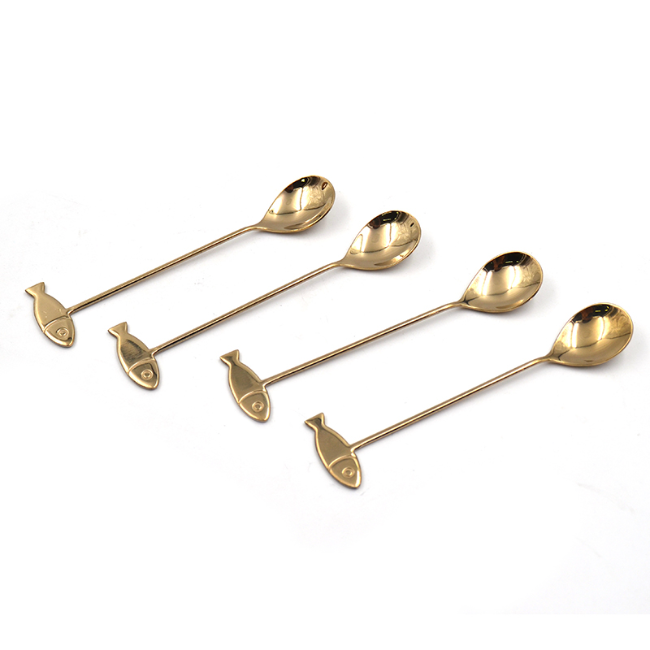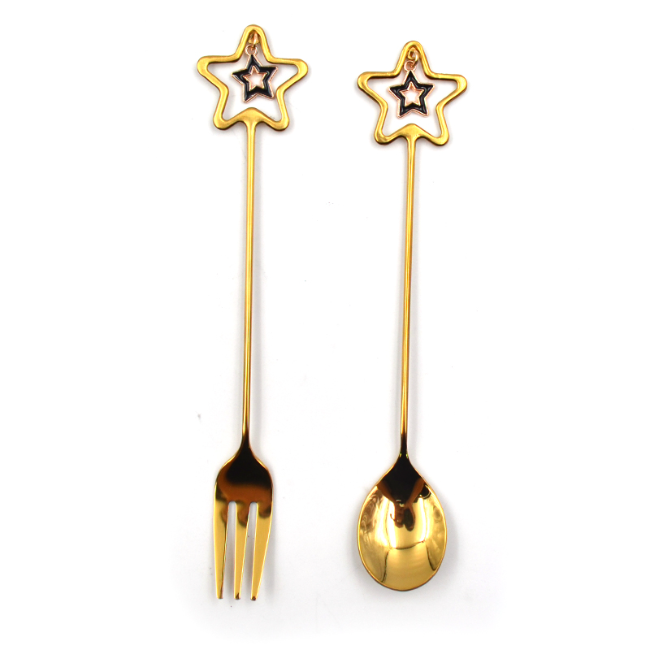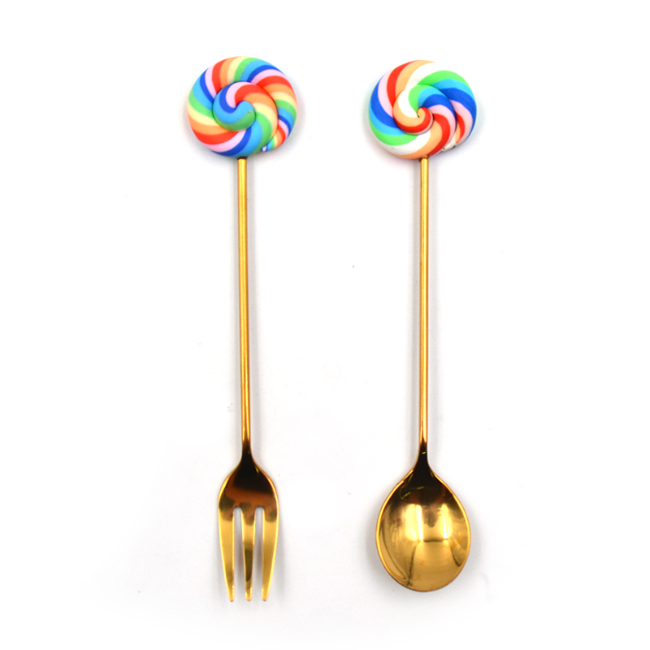
13 May
WHAT DO YOU USE TO DRY CUTLERY
WHAT DO YOU USE TO DRY CUTLERYDrying cut...
WHAT DO YOU USE TO DRY CUTLERY
Drying cutlery may seem like a simple task, but doing it properly plays a critical role in maintaining cleanliness, preventing stains, and prolonging the lifespan of your utensils. Especially when working with high-quality items like those produced by Homefelt, proper drying ensures that the finish remains flawless and resistant to corrosion. This article explores the best tools and methods for drying cutlery, and why it matters in both home and commercial settings.
One of the most common tools used is a cutlery stand set. These are specifically designed to hold utensils upright, allowing water to drain off completely and ensuring airflow for rapid drying. This is particularly effective in homes where counter space is limited. In commercial kitchens, such tools are indispensable for handling large volumes of flatware efficiently and hygienically.
Another classic method is towel drying using a soft, lint-free cloth. This is ideal for premium or delicate items such as cake cutlery set cake forceps, which might be more prone to water spotting or discoloration. Immediately drying utensils after washing helps prevent mineral buildup, especially in areas with hard water. Using microfiber cloths ensures a streak-free shine on polished surfaces.
Draining racks are also widely used. These can be countertop versions with built-in holders or dishwashers with built-in drying cycles. However, for optimal care—particularly for older or heirloom pieces like old cutlery—manual drying is always recommended. It avoids water stains, rust, and spotting, which can dull even the best-quality stainless steel.
Air drying is another viable option but comes with caveats. It must be done in a clean, dry environment. Leaving utensils sitting in wet sinks or stacked in closed containers promotes bacterial growth and rust, especially on lower-quality metals. However, stainless steel utensils from manufacturers like Homefelt are crafted to resist such conditions, making air drying more practical when quality materials are involved.
For households that demand hygiene and speed, heated drying options such as dishwasher drying settings are helpful. Yet, these should be used with caution. Overheating can warp plastic-handled cutlery or affect decorative finishes. In contrast, Homefelt designs their utensils to withstand temperature fluctuations, ensuring longevity even with regular dishwasher use.
Storage after drying is another important step. Using holders like a cutlery stand set or drawer organizer prevents moisture retention. Ventilated holders ensure that any residual moisture evaporates, keeping your utensils ready for the next use. For decorative or specialty cutlery, storing them in protective cases or wrapping in cloth is ideal.
In restaurants or bakeries where presentation tools like cake cutlery set cake forceps are used, regular polishing after drying adds an extra layer of professionalism. A simple polish once a week helps remove fingerprints and enhances shine, especially for utensils frequently handled by guests or on display.
Proper drying also extends to maintenance routines. Drying isn't just about water removal; it's part of the overall care process that ensures utensils remain functional, safe, and attractive. A few extra seconds spent wiping down cutlery can significantly reduce long-term wear.
In summary, the best way to dry cutlery depends on the type of utensil and your environment. Whether using a cutlery stand set, towel drying, or a dish rack, the key is consistency and care. With tools from Homefelt, you’re guaranteed high-grade materials that are easy to maintain, rust-resistant, and beautifully crafted to withstand the rigors of daily use. From professional kitchens to student apartments, proper drying and trusted suppliers like Homefelt ensure that your cutlery always looks its best.





